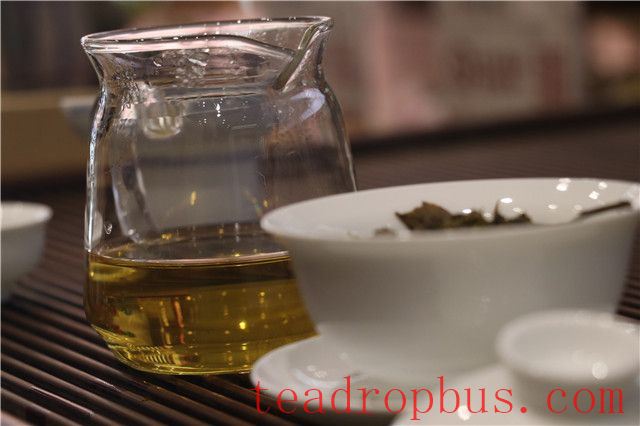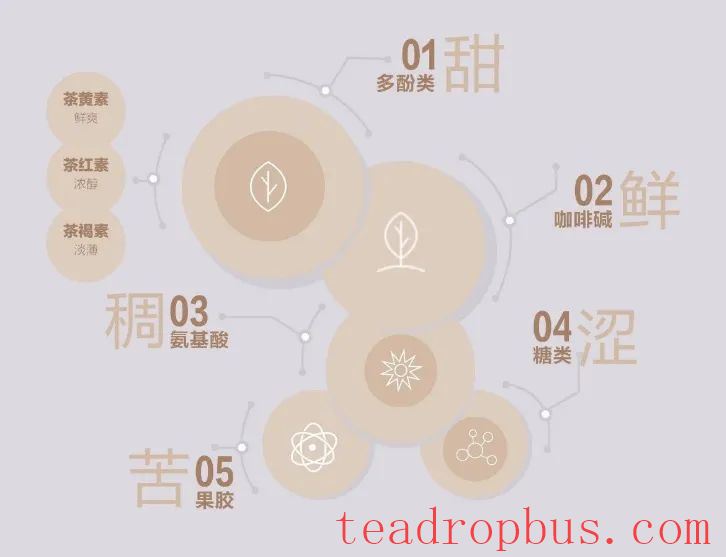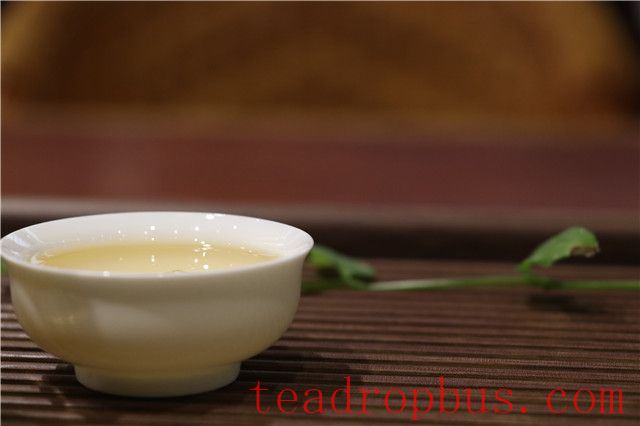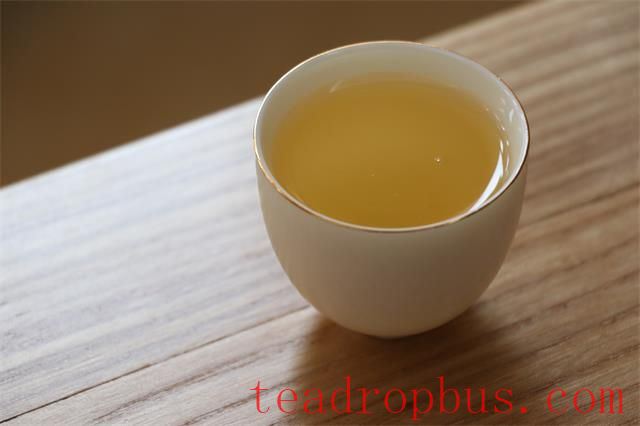Have you ever experienced this while Drinking Tea: a noticeable layer of something slippery forms on your tongue and even in your mouth, as if a mucous membrane is covering it?
This phenomenon has a more formal name: the “coating sensation.” Why does drinking Tea produce a coating sensation? Why do some aged white teas have a prominent coating sensation, while others don't?

Our sensory experience tells us that this coating sensation always occurs after the production of saliva in the mouth. Moreover, the more intense the saliva production, the more pronounced the coating sensation.
The term “saliva production” is a more elegant way of saying that the mouth secretes saliva. Saliva contains a large amount of salivary mucoprotein (you can look up information about this online), which can cover the entire surface of the oral mucosa. One of its physiological functions is to lubricate the mouth.
Therefore, we can say that the more pronounced the coating sensation, the more saliva is being secreted, indicating that the tea produces a rapid and strong saliva production. In our evaluation, such a tea would be considered a good tea.
Let's delve deeper: what kind of tea can produce a noticeable coating sensation? Or, in other words, what kind of tea can promote a rapid and strong saliva production?
This brings us back to the internal components of tea. Hydrolysable tannins are one of these components.


The physiological function of tannins is ultimately manifested through their interaction with proteins, polysaccharides, and nucleic acids within living organisms, and these interactions depend on their molecular structure. Tannins consist of polyphenol derivatives, with chemical structures containing multiple phenolic hydroxyl groups. They can be classified into hydrolysable tannins, condensed tannins, and mixed tannins based on their chemical structure.
Hydrolysable tannins refer to polyphenols formed primarily through ester bonds between phenolic acids or their derivatives and glucose or polyols. They can be hydrolyzed into compounds such as gallic acid, digallic acid, and ellagic acid under the influence of dilute acid, dilute alkali, and microorganisms. The tannins found in tea are mostly hydrolysable tannins.
In traditional medicine, tannins can be used internally to treat gastrointestinal bleeding and diarrhea, and externally for local hemostasis and wound protection, preventing infection and inflammation. Recent research indicates that, in addition to their antibacterial and healing properties, tannins have various important functions in living organisms, opening up new possibilities for their utilization.

1. Antibacterial and Antiviral
Tannins can coagulate the protoplasm within microorganisms and interact with various enzymes, thus having a significant inhibitory effect on a variety of pathogens, including cholera bacteria, E. coli, and Staphylococcus aureus.
2. Anti-allergic
Certain undigested small molecules in food, derived from proteins, can act as allergens for specific individuals, triggering the production of specific antibodies and the release of chemical mediators, leading to an allergic reaction. Known anti-allergy factors include polyunsaturated fatty acids, water-soluble fibers, pectin, chitosan, and polyphenols. The mechanism by which polyphenols exhibit anti-allergic effects is by inhibiting the release of chemical mediators like histamine.
3. Antioxidant and Anti-aging
The oxidation process accelerates in the presence of enzymes, air, moisture, and alkaline conditions. Low molecular weight tea polyphenols and hydrolysable tannin degradation products like gallic acid are natural antioxidants. Their antioxidant properties are demonstrated in two ways: first, by reducing the oxygen content in the environment through reduction reactions; second, by donating hydrogen to combine with free radicals in the environment, terminating the chain reactions initiated by free radicals and preventing further oxidation.
4. Prevention of Cardiovascular Diseases
An important factor in the development of cardiovascular diseases is elevated blood lipid levels, decreased blood flow, and abnormal platelet function. Herbs containing tannins can improve these conditions, hence the saying “promoting blood circulation and resolving stasis.”
5. Anti-tumor and Immune Promotion
Tannins can inhibit the mutation and progression stages of tumor formation, exerting multiple inhibitory effects on various mutagens (such as ultraviolet light and chemicals) and promoting the repair of damage to biological macromolecules and cells. Long-term consumption of White Tea and fruits and vegetables can effectively reduce the incidence of cancer and tumors, which is related to the presence of tannins.

Recent studies have shown that tea tannins can play multiple roles in natural cosmetic ingredients, such as antioxidant, anti-aging, anti-ultraviolet, whitening, and moisturizing effects. Therefore, they have unique benefits for skin aging caused by various factors, with the focus on small molecule or low molecular tannin components like anthocyanins, catechins, quercetin, gallic acid, ellagic acid, and their derivatives.
Hydrolysable tannins inhibit hyaluronidase in the gums, which can prevent gum disease. For example, tea polyphenols have a strong inhibitory effect on bacteria that cause tooth decay, as well as anti-inflammatory and deodorizing effects, enhancing the effectiveness of toothpaste in preventing cavities and maintaining oral hygiene.
Tea science research tells us that the more hydrolysable tannins there are in tea, the more organic acids are produced, which stimulates the salivary glands and leads to increased saliva secretion.
Thus, teas with high hydrolysable tannin content tend to produce rapid and strong saliva production, leaving a pronounced coating sensation after drinking.